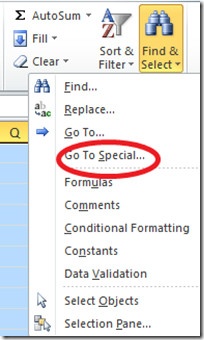

This is the second scenario described at the start of the lesson.Īfter adding a Quantity column, the table above now looks like this: Let's extend the example in the table above to only add up sales where the quantity sold was 5 or more.

SUMIF in action - adding up all sales where the sales quantity is greater than a certain number.
Row 14 contains the SUMIF function, and the outcome of the SUMIF function in C14. You enter the SUMIF formula in to a cell at the bottom of the column of sales figures (along with the SUM formula to give you the overall total) You want to find the total of sales for only those days where sales were greater than $500. Imagine you have a table showing sales for the week. We'll use the first scenario given at the beginning of this lesson. The following example is a simple way to demonstrate SUMIF in action where we won't include the criteria_range argument. SUMIF in action - adding up all sales that are greater than a certain number. To add up all values that are greater than or equal to 500: enter ">=500". You'll get an error if you leave those out. Notice the use of quotation marks around the criteria. To add up all values that are greater than 500: enter ">500" as the criteria. Excel knows you want to match cells with a value of 500. To add up all values that equal 500: enter 500 as the criteria. #How to delete certain rows in excel 2000 how to
One of the tricky things when constructing a SUMIF function is how to present the criteria. In the two examples above, the first example doesn't need you to provide a sum_range, while the second example does. It is optional if you leave it out, Excel will check the criteria against the sum_range.
 sum_range is the range of cells that will be added up. criteria is the criteria which must be met for a cell to be included in the total. range is the range of cells you want to add up. The SUMIF function has the following syntax: Sales) where the cells in another column (e.g. You want to add up all the cells in a range where the cells in another range meet a certain criteria, e.g. Sales) that contain a value of $500 or higher. You want to add up all the cells in a range that meet a certain criteria, e.g. There are two common scenarios for using SUMIF: That's where the SUMIF function comes in handy, along with the more capable SUMIFS function. However, sometimes you only want to add up the cells that meet certain criteria. The SUM function in Excel allows you to add up the values in a range of cells.
sum_range is the range of cells that will be added up. criteria is the criteria which must be met for a cell to be included in the total. range is the range of cells you want to add up. The SUMIF function has the following syntax: Sales) where the cells in another column (e.g. You want to add up all the cells in a range where the cells in another range meet a certain criteria, e.g. Sales) that contain a value of $500 or higher. You want to add up all the cells in a range that meet a certain criteria, e.g. There are two common scenarios for using SUMIF: That's where the SUMIF function comes in handy, along with the more capable SUMIFS function. However, sometimes you only want to add up the cells that meet certain criteria. The SUM function in Excel allows you to add up the values in a range of cells.







 0 kommentar(er)
0 kommentar(er)
